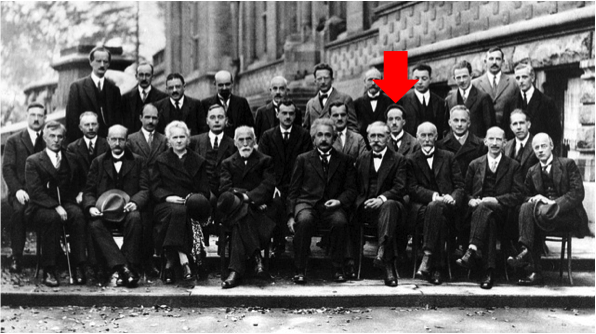The de Broglie’s hypothesis states that all matter exhibits characteristics of both wave and particle. It was developed by Louis de Broglie, a French physicist, in 1924 without any experimental evidence.

What inspired him was the work of Planck and Einstein, which collectively proposed that light has the properties of a particle with a quantised energy of hv, in addition to the properties of a wave, as previously demonstrated by Thomas Young in his famous double-slit experiment.
de Broglie used Planck’s relation E = hv and Einstein’s mass-energy equivalence formula E = mc2 to establish the de Broglie relation:
where p = mc is the relativistic momentum of a photon.
Substituting the relation c = vλ in eq3:
which is de Broglie’s relation.
de Broglie suggested that if light exhibited both wave (wavelength) and particle (momentum) characteristics, then all particles would have both properties as well. The soundness of de Broglie’s hypothesis was subsequently verified by experiments, most notably the Davisson-Germer experiment.

Question
Why is c = vλ?
Answer
Frequency v is the number of complete waves that passes a point per second and so, the inverse of frequency is the time for a single complete wave to pass through a point. Wavelength λ is the distance over which a complete wave repeats. Therefore, the speed of a wave is λ/(1/v) = vλ.
The implication of the de Broglie relation is that all matter has wave-like properties. For example, a 70kg person running with a speed of 4 m/s has a wavelength of 2.4 x 10-36 m. However, the wavelength is too small for any wave phenomena to be observed; for instance, the person does not undergo diffraction as he runs through an open door.
The de Broglie relation is a significant development in the field of quantum mechanics and is consistent with the Schrodinger equation, which quantum mechanically describes the motion of an electron in a way analogous to Newton’s laws of motion that classically describes the motion of objects.
